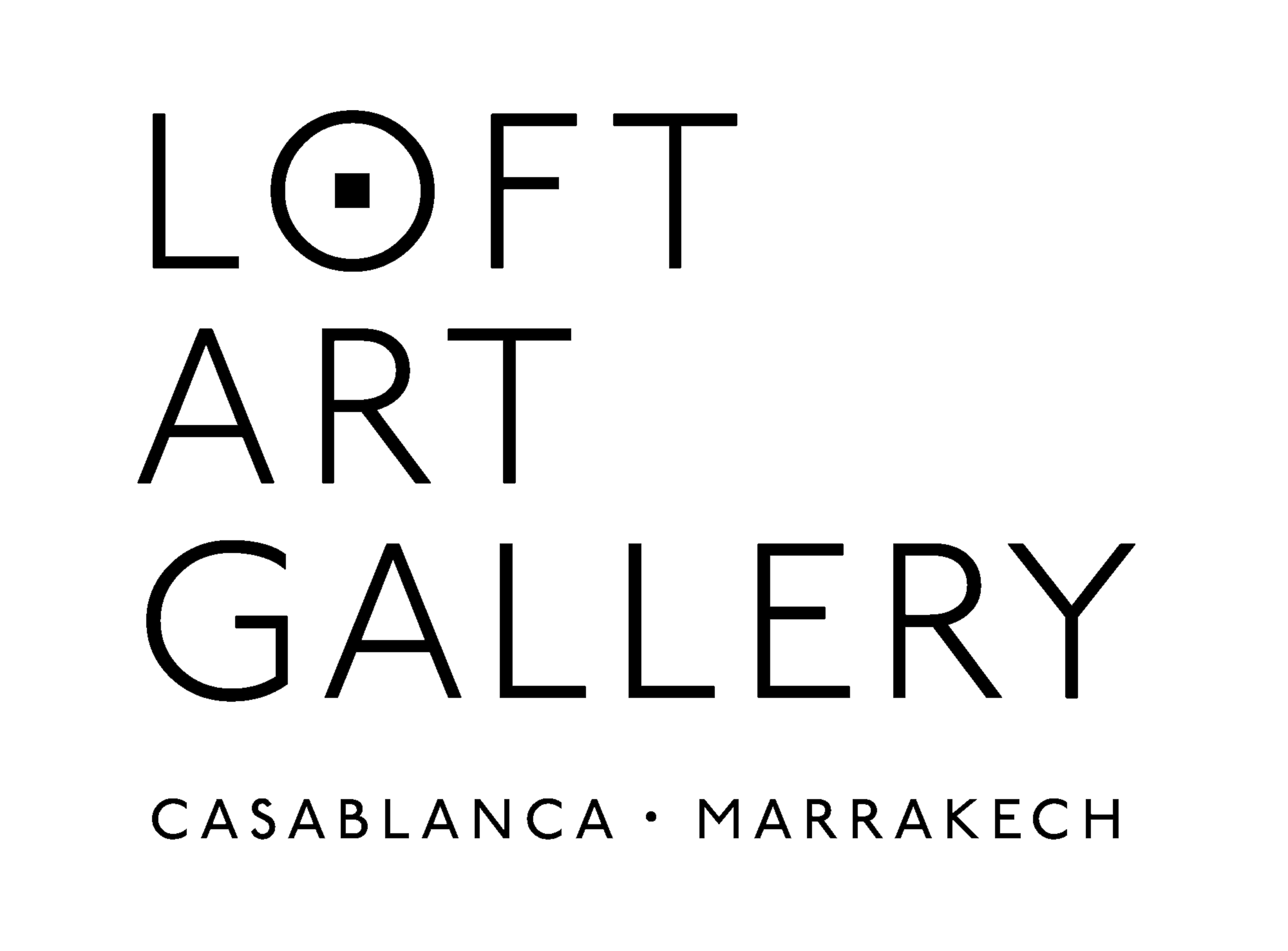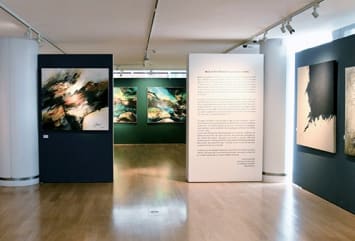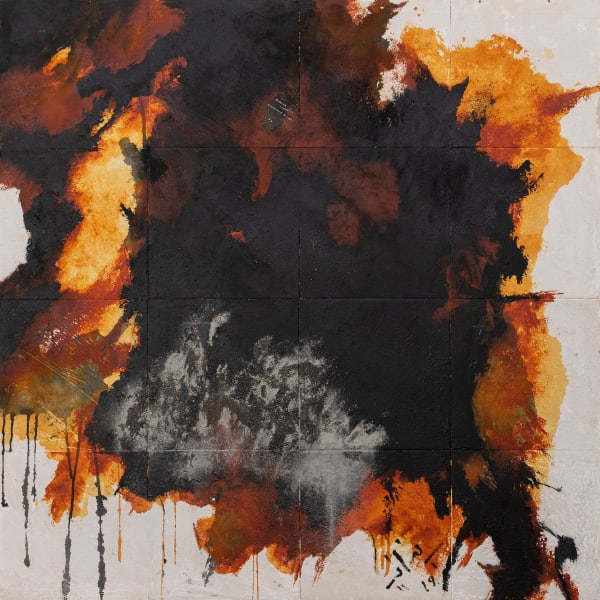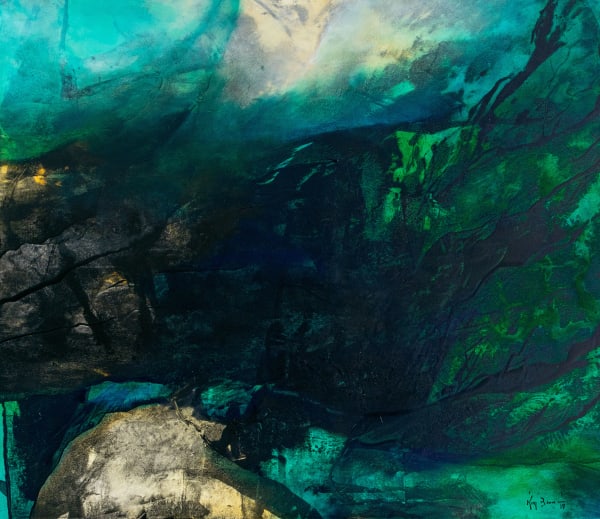So near and yet so far
Three small letters each. Put end to end, they share the M, the first of one and last of the other. The homonymous M emerges from the middle of the alphabet, a letter whose double vaults appear to create unity, pronounced “em”, or in French “aime” (love). Moa and Kim then, or Kim and Moa, whichever.
-
It could be a perfect title for a novel, in which obstacles to love render it impossible just as it enters the realm of possibility, the two heroes share a common - almost mythological - destiny. Not unlike the relevant synthesis made by the Turkish novelist and Nobel Prize laureate Orhan Pamuk in his latest work1. In the context of his homeland’s syncretism, Pamuk examines, reconciles and confronts the filiation of Europe and the Orient. He reveals a fascinating parallel between the myth of Oedipus, a foundation of Greco-Roman - hence Western - culture, and its Persian counterpart, originating in the Orient though built of the same constructions. There, Oedipus murders his father to fulfill his destiny2; here, Rostam sacrifices his son Sohrab3 in a gesture fated with similar implications.
1 Orhan PAMUK, The Red-Haired Woman. 2017.
2 Jean COCTEAU, Œdipus Rex. 1937.
3 FERDOWSI, The Book of Kings (Shahnameh). 11th century.
-
In the Bennani family, two painters equally intertwined in the different cultures of East and West, reconciled in a way by the utopia that was Andalusia, play out their own shared story, embodying the shifting interpretations of a myth that is both Oedipal and "Sohrabian".
-
-
(...)
From confrontation to reconciliation. From otherness, a prerequisite to individuation and filiation, to dialogue and interpenetration. Like a long-sought-after echo that distills contrapuntal harmony from dissonance. Or when two soloists enter a polyphonic "duel" only to reunite in a gymel, flowing from fugue to canon.
-
Take a look at the works of father and son gathered together in the Banque Populaire galleries. For those familiar with the works of Moa Bennani, master of the so-called Northern school and/or those of Kim Bennani, whose landscapes respond to the early modernity known as Impressionism with a beautiful personal affirmation, it might seem at first glance that both life and time follow their courses, confirming the distinctive mastery of each.
-
-
But that's not all! Look again! One of them gradually abandons pure colour - blazing blues and reds - for more organic pigments, while the other introduces black, blending it into his usual palette to enhance each hue with new depths rendered by its theatrical and dramatic darkening.
Do you know then, still, who is the father and who is the son? No doubt, but can you differentiate with equal certainty the intentions, the experiences, or the feelings of one and the other? In this contrapuntal harmony of colour and shape, unison is often heard, like an echo found at last, or found once more.
Syham Weigant, november 2019.
-
To go further
Moa Bennani biography
Kim Bennani biography
-
Oeuvres disponibles
Moa Bennani -
Oeuvres disponibles
Kim Bennani













